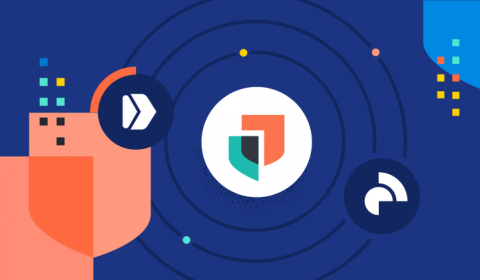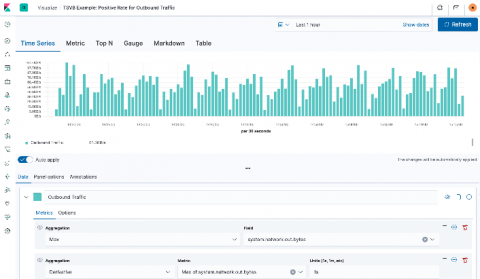Benchmarking binary classification results in Elastic machine learning
Binary classification aims to separate elements of a given dataset into two groups on the basis of some learned classification rule. It has extensive applications from security analytics, fraud detection, malware identification, and much more. Being a supervised machine learning method, binary classification relies on the presence of labeled training data that can be used as examples from which a model can learn what separates the classes.









